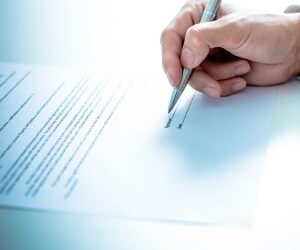The surprise drop in the Australian unemployment rate in August to 6.8% masks a weaker underlying market story, according to BetaShares.
David Bassanese, BetaShares’ chief economist, said, by his estimates, a more accurate measure of the unemployment rate was a marginal drop in August from 9.9% to 9.8%.
“Due to both the JobKeeper program – and potentially because employers hope the decline in activity will be only temporary – a good deal of the decline in labour demand has come from reduced average hours worked, rather than employment per se,” Bassanese said.
“Average hours worked have recovered somewhat in recent months, but still remain below pre-COVID levels.”
Bassanese said many that had lost their jobs were defined as not looking for work or participating in the market and would not count among being unemployed.
“Although the non-participation rate has dropped back in recent months, it remains above pre-COVID levels,” Bassanese said.
“If average hours worked and non-participation had held at pre-COVID levels, my estimates suggest an extra 675,000 Australians would have been officially recorded as unemployed in May (or around two million in total) and the unemployment rate would have peaked that month at 14.7%,” Bassanese said.
However, his estimates also suggested that there had been a stronger decline in effective unemployment than implied by the official statistics.
“By August, it is estimated the number of effectively unemployed Australians has declined by around 670,000 since March to 1.347 million – and the effective unemployment rate has declined to 9.8%,” Bassanese said.
“That said, my effective unemployment rate in August declined only marginally – as much of the 0.9% gain in employment seems to have come at the expense of a 0.8% decline in average working hours.
“Aggregate hours worked rose only 0.1%! Many non-working Australians (self-employed it seems) appear to have declared themselves as suddenly employed last month, even though they don’t appear to have worked that many extra hours!”
Official unemployment rate versus pre-COVID-19 non-participation rate





